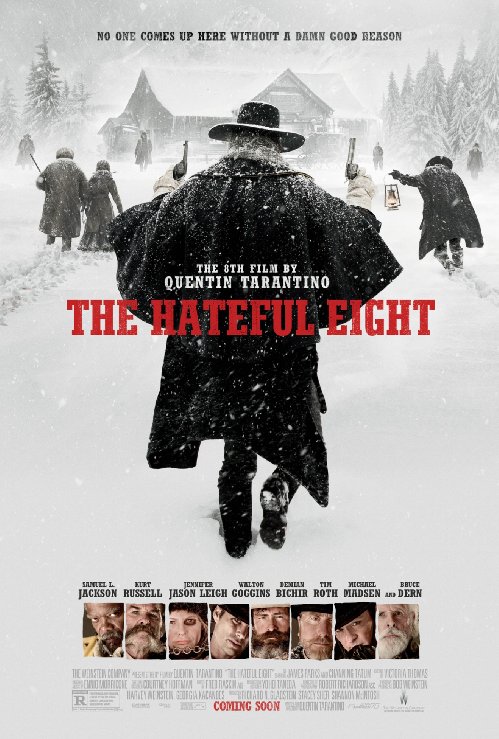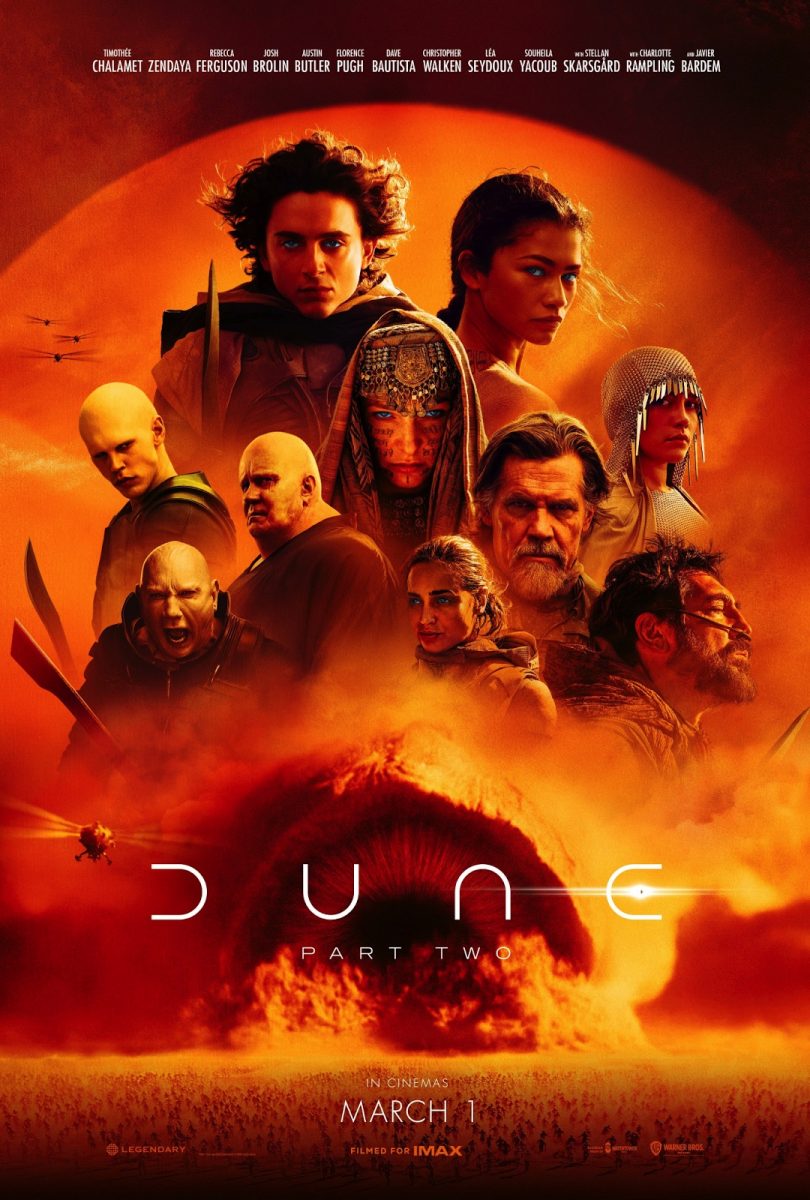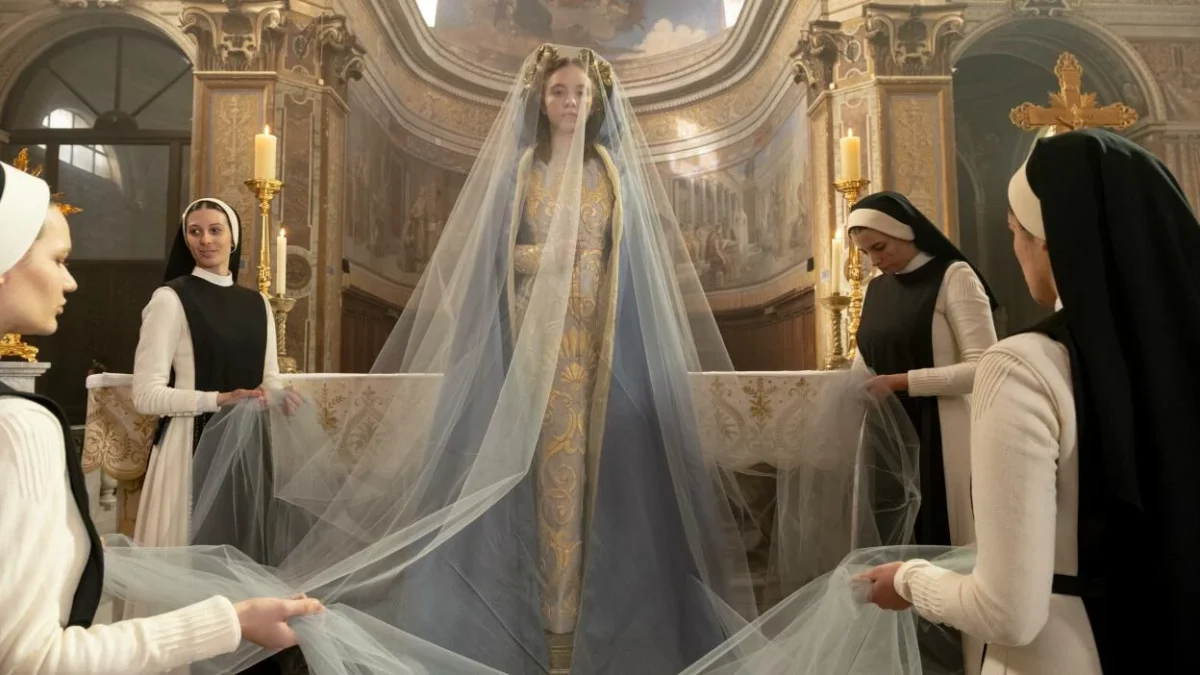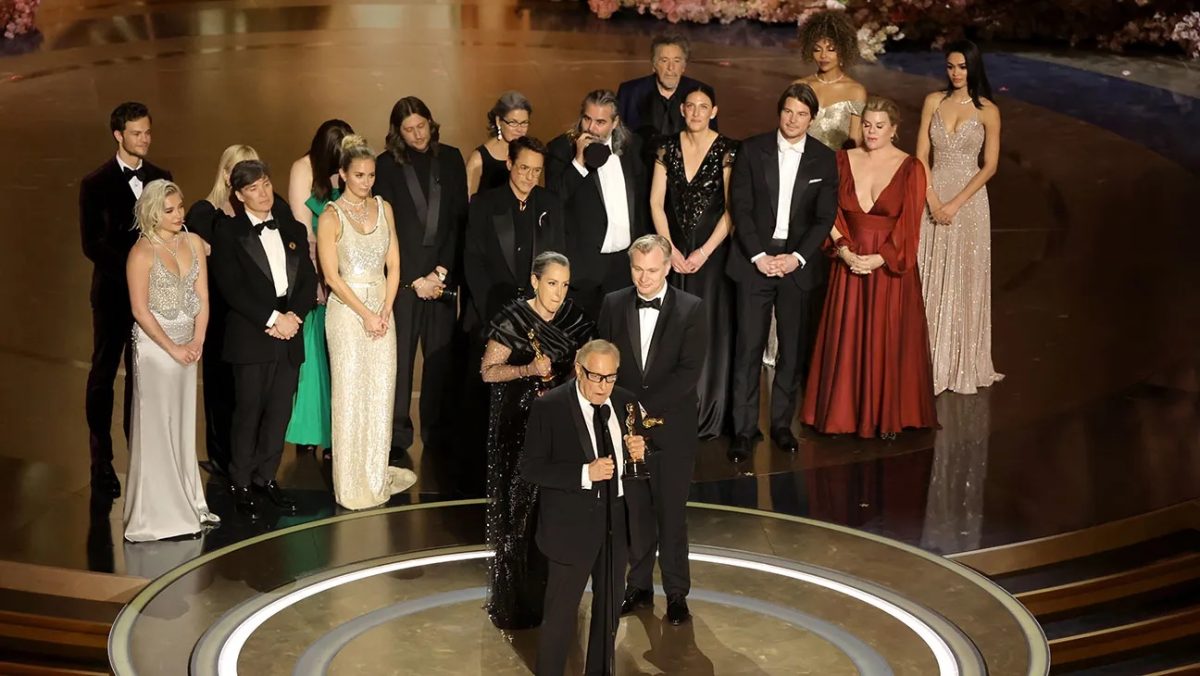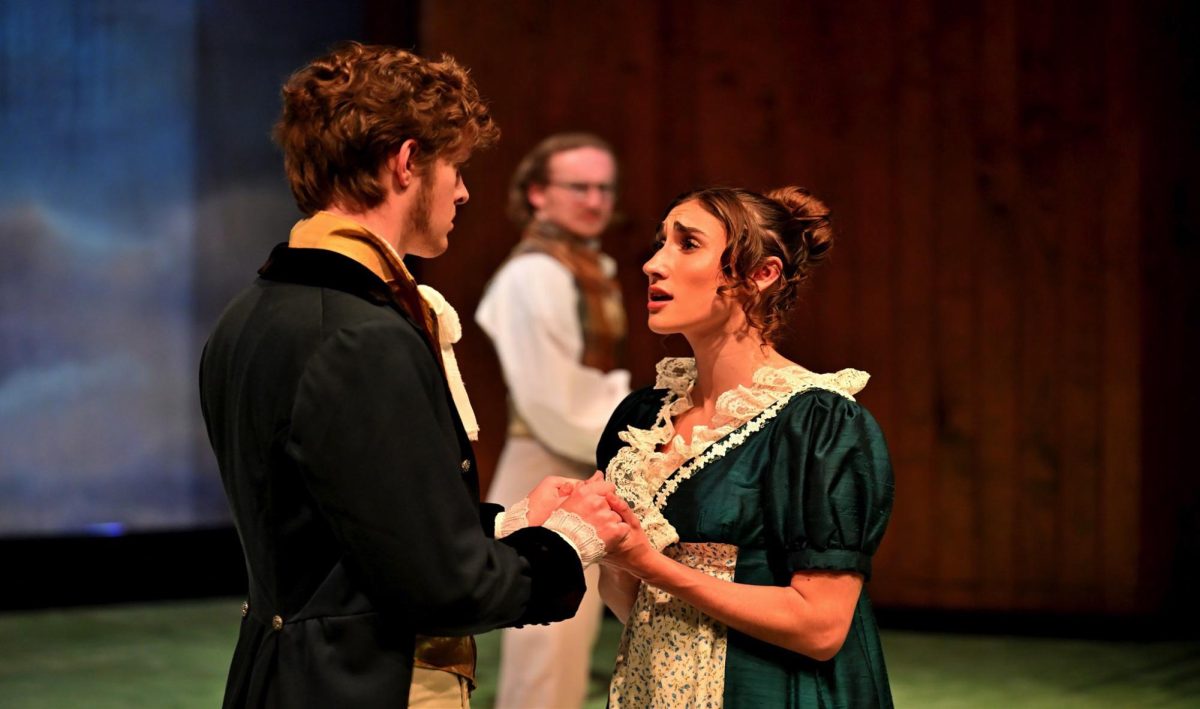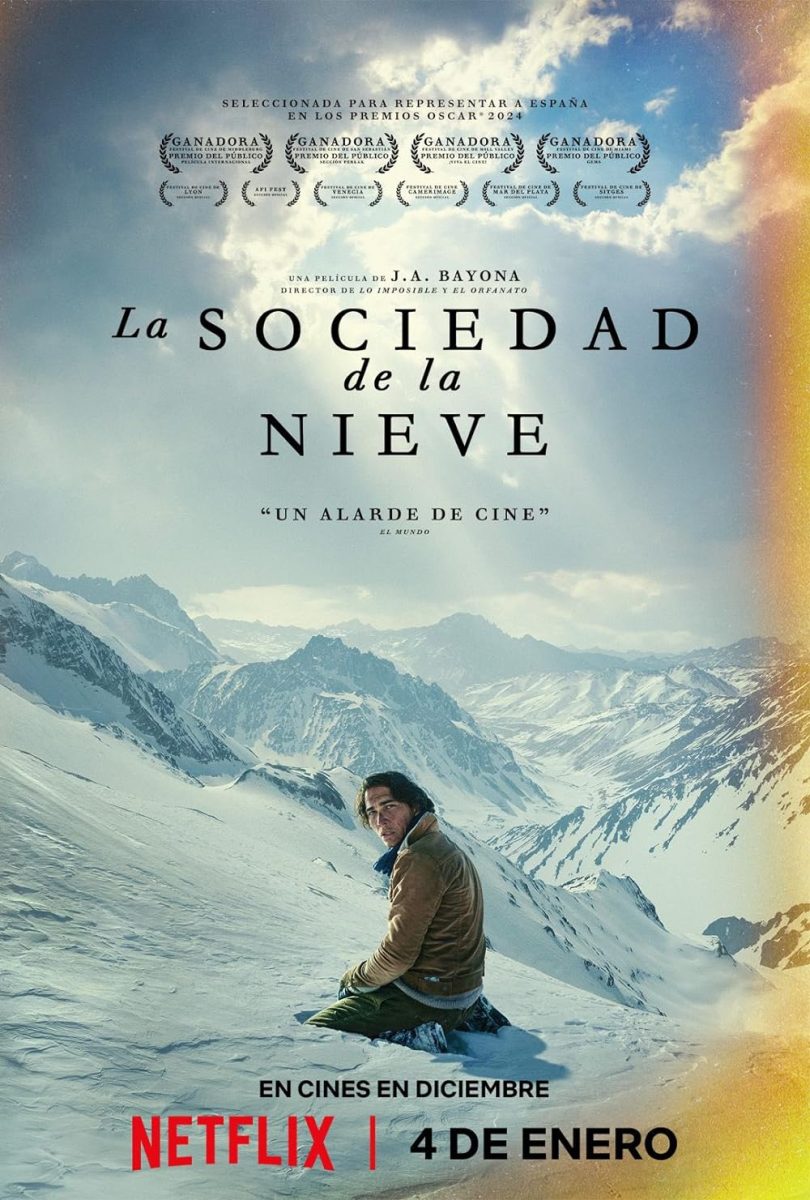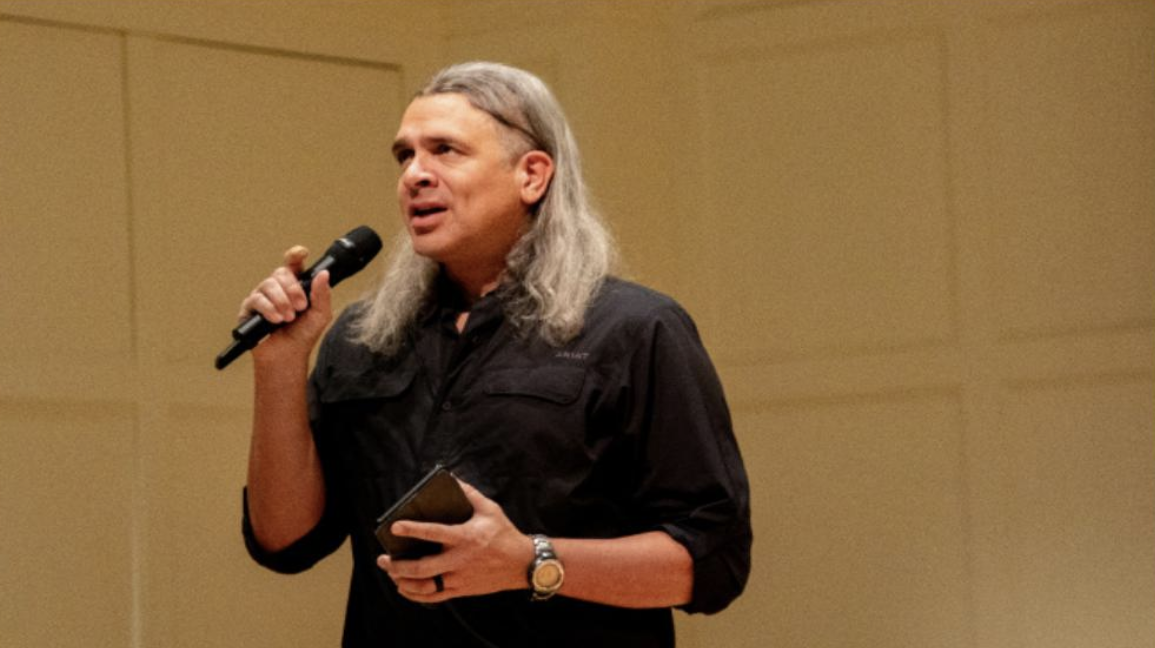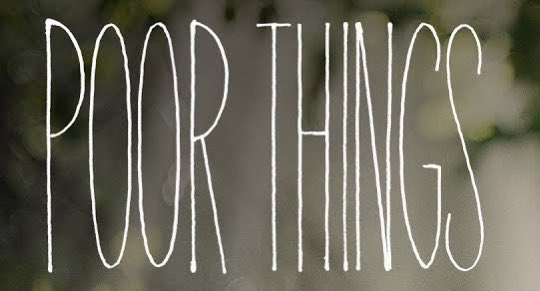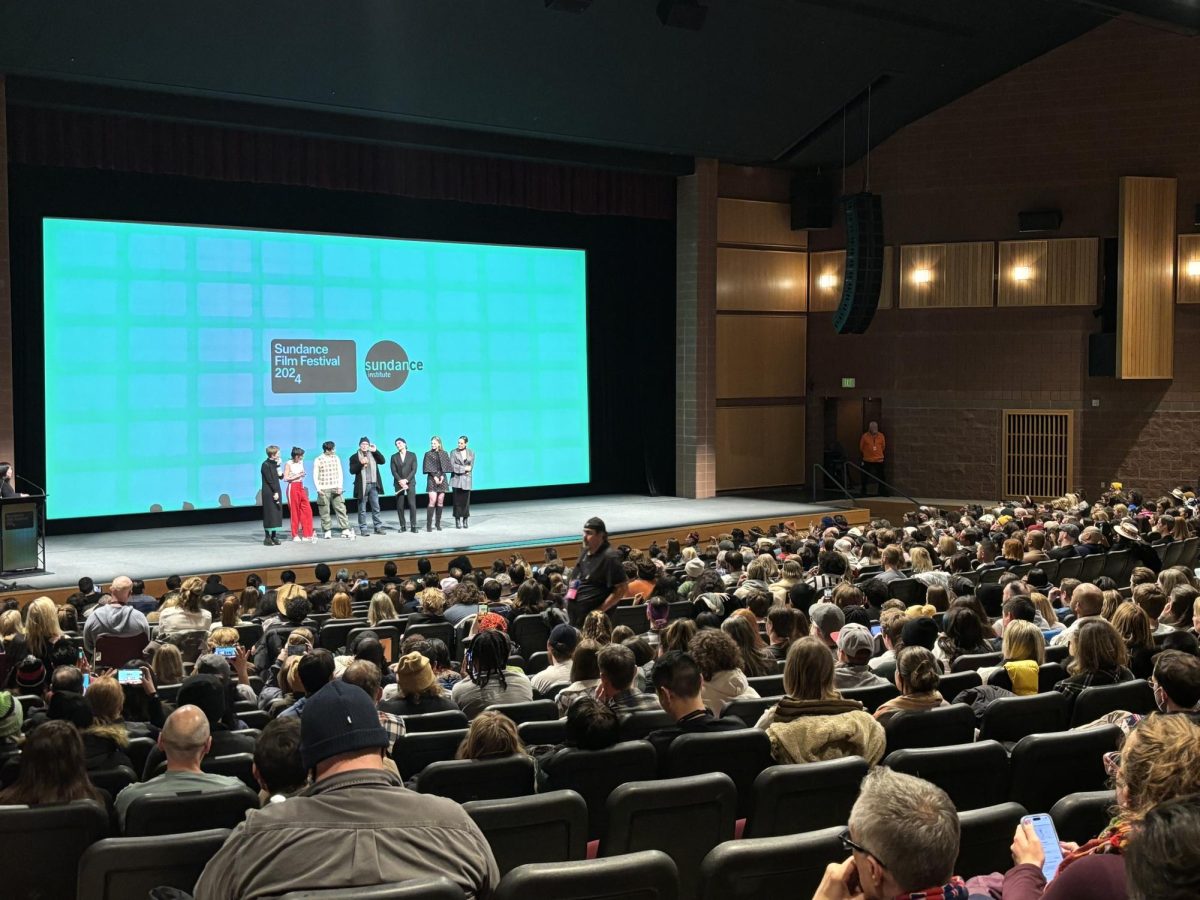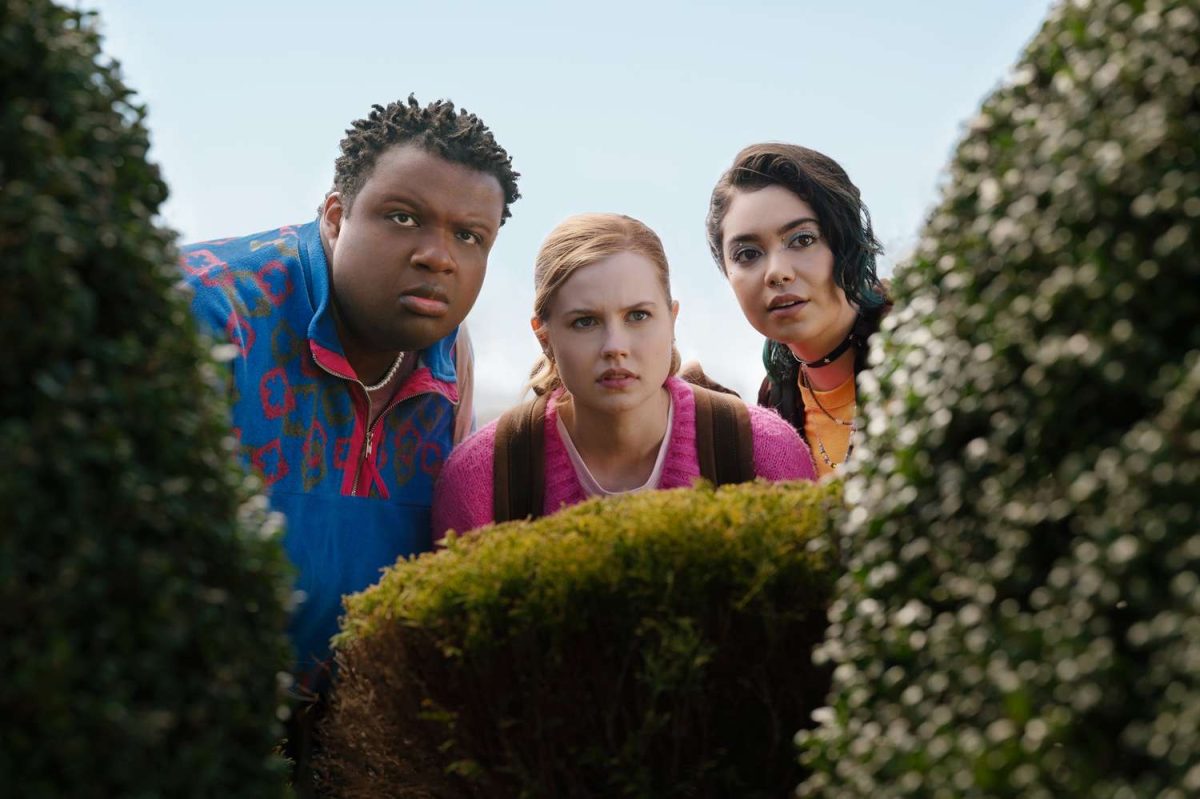Quentin Tarantino’s eighth film, The Hateful Eight, features all the action and gore that has surfaced as a defining feature of his movies.
As a western whodunit set not long after the civil war, Tarantino fleshes out characters in his classic fashion.
The plot follows eight characters — as the name suggests — who are forced to find refuge together during a blizzard.
Two bounty hunters, played by Samuel L. Jackson and Kurt Russell, aim to bring a criminal to a nearby town in order to hang him and they suspect that someone among them is set on freeing their prisoner.
The longer the characters are together, the more the tension grows — eventually leading up to a scene of almost “cartoonish” violence.
For those who have come to love the exuberant amount of violence that Tarantino fills his narratives with, you won’t be disappointed.
The most noticeable difference in this film, compared to his others, is his use of suspense.
Tarantino uses almost half of the film to develop his characters and create conflict.
The movie includes an intermission, and some may be distressed to find that there is nearly no action until the film resumes after the break.
The director then shows off his understanding of casual conversations, with each character having his own quirks and constantly taking jabs at one another.
There is no shortage of humor as the characters show their mistrust.
Cinematically the feature is beautiful, as it presents a vast winter landscape in 70mm film. Long shots of the wintry setting, constant howling of wind and the multi-layered ensembles of the characters give the audience the feeling of being stuck in a snowstorm. Tarantino also nails the acoustics of a winter landscape, which has a peaceful quietness. All this time in the snow makes the arrival to the haberdashery where they find shelter so much sweeter.
The cozy cabin interior makes the viewers feel right at home, which is much needed for a film of this length.
As we continue to learn more about each character we try to guess which one is the villain.
Everyone gives their own background with no one to support their claims, and new information continues to change how we see each character.
Tarantino also sprinkles in shots of sabotage where the perpetrator’s face is hidden, leading to an analysis of where in the room it happened and what the person’s hand look like.
As everyone begins to finalize their opinion of who the liar is the film stops for intermission. This leaves the audience free to share their theories.
This is the genius of Tarantino’s use of a break, because it allows the viewers to take sides and get emotionally invested in the film.
Upon return we finally get to see some action. After making us wait perhaps too long for the climax, Tarantino delivers with one of his most violent scenes yet.
Power shifts from character to character, and in the end everything is tied up not so nicely.
Though I felt some action was needed in earlier parts of the film, I left the theater absolutely thrilled with what I saw.
The only flaw is the length of the buildup, which may not resonate with today’s instant-gratification culture. The movie is everything you’d expect from the director, and for that reason I give it four stars out of five. Tarantino wonderfully brings together action, western and mystery to a modern audience.

